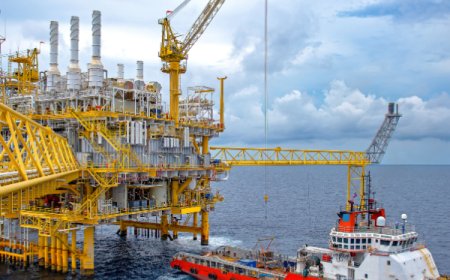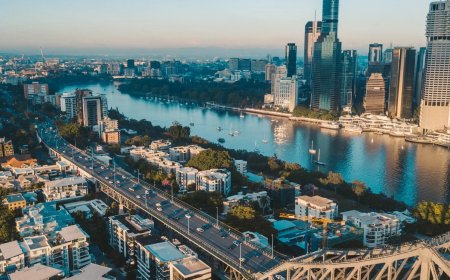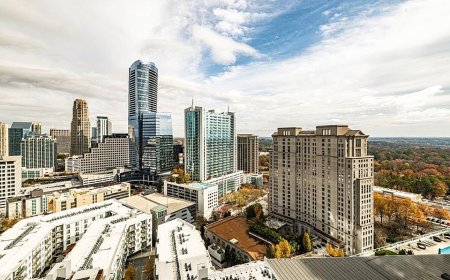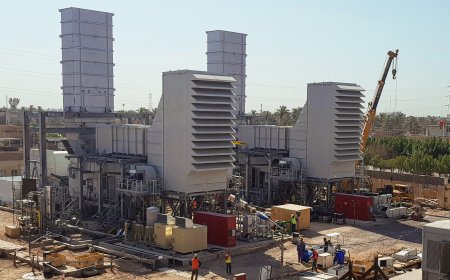Saving More Than Scrap: The People Who Breathe Life into Junk Cars
Discover how Car Wreckers Sydney play a vital role in recycling old vehicles and supporting local repair needs by giving junk cars a new purpose.

Old cars, rusting engines, and dented panels often end up in the corners of driveways, forgotten over time. To many, these vehicles look like waste. But behind the scenes, there are people who see them in a different way. To them, each car holds parts, metals, and value that should not be thrown away. These are the people who work in the wrecking and recycling trade. They do more than pull apart cars. They give them a new purpose.
The Hidden Trade Behind Junk Cars
Across cities and rural areas, car wreckers collect broken-down vehicles that are no longer safe or worth fixing. Some cars are damaged in crashes. Others stop running after years of wear. Rather than letting them rot in landfills, workers collect them to break them down and sort the pieces.https://cashforcarsnsw.com.au/
Parts like gearboxes, engines, fuel pumps, and mirrors are removed with care. Some are repaired and sold. Others are used to fix other cars. Even tyres and glass are saved when possible.
What remains is sortedmetal for scrap yards, plastics for reprocessing, and fluids for safe disposal. This stops harmful substances from leaking into soil or water, and cuts down the need to mine for new materials.
Who Are the People Behind the Work?
Many of those working in this trade are skilled with their hands. They know how engines work and how to spot damage. Others learn through time and practice, starting from cleaning parts and later moving into dismantling or checking components.
It is not just physical work. Each car must be recorded. Ownership papers are checked. Engines and parts are tracked with serial numbers. There are also safety checks to make sure no harmful substances are left behind.
These workers are often part of small family businesses. Others may work at larger yards that handle hundreds of vehicles a month. No matter the size, their role is important. Without them, many cars would end up as waste, polluting land and air.
Giving Cars a New Purpose
Even cars that no longer run can serve a second role. A worn engine may still have working pistons. A damaged ute might still have a strong chassis. These parts are taken out, cleaned, and tested. If they work well, they are sold to mechanics, car owners, or sent overseas to countries where parts are harder to find.
In some places, demand for used car parts is rising. This is because new parts are often expensive or may take weeks to arrive. With recycled parts, drivers can fix their cars sooner, keeping them on the road longer. This also saves energy that would be used to build new items.
The trade also helps rare or older cars. When makers stop producing parts, wrecking yards become the only place to find what is needed.
How the Work Helps Communities
This trade supports many local jobs. From tow truck drivers who pick up vehicles, to workers who sort metal, to bookkeepers who track salesit is a full chain of work. Car Wreckers Sydney, like many others, connects with mechanics and workshops, helping keep vehicles running.
The trade also keeps roads safer. When broken cars are taken off the streets, they are no longer a risk. Some are used to train apprentices or used by fire brigades for rescue practice. In these ways, the work supports more than just recycling. It becomes part of the community.
A Natural Way to Sell Junk Cars
Many people do not know what to do with a car that no longer runs. It sits unused, taking up space and often becoming a hazard. That is where some services come in. One such service helps by offering a way to get rid of these cars legally and safely. They pay for the car, collect it from the owner's location, and then hand it over to wreckers who take care of the rest. The process ensures that the vehicle is broken down in a way that follows the rules and helps the recycling trade grow. It also gives the owner some return, rather than letting the car waste away. This quiet link supports the larger system of auto dismantling and keeps the focus on reuse and recovery.
Environmental Gains That Go Beyond the Yard
Breaking down cars may not seem like it helps nature, but it does. One car holds several litres of oil, brake fluid, and coolant. If these leak into soil or water, they harm animals, plants, and people. By draining them the right way, workers stop this harm before it begins.
Metal saved from one car reduces the need to dig up raw materials. Making metal from scratch uses a lot of fuel and creates pollution. But metal from wrecked cars can be melted and reused with less impact.
Tyres, when dumped, create fire risks and attract pests. But when recycled, they can be used to make roads, mats, and even playground surfaces.
Why This Work Matters Today
With more cars on the road than ever before, the number of wrecked or unwanted vehicles is also growing. If not handled properly, they can become a major waste problem. But this trade keeps them out of landfills and puts their parts to good use.
As more people choose second-hand parts to fix their cars, the demand for wrecking services is expected to grow. This means more jobs, more reuse, and less waste.
It also means fewer cars dumped in bushland or abandoned on roads. When people know there is a place to take their unwanted car, they are less likely to leave it where it becomes a problem.
The Human Side of Recycling
This work is about more than bolts and engines. It is about people who take pride in saving what others see as useless. It is about skills passed down through families. It is about finding purpose in the broken and making it useful again.
These workers know every model, every part, and every fault line in a vehicle. They work with tools and knowledge built over time. They may not wear suits, but their work helps drivers, saves resources, and protects land.
Final Thoughts
Junk cars may look like rubbish, but they still hold use. With the right hands and tools, their parts live on. Their steel becomes frames, their engines drive other cars, and their wheels turn again. Behind this are people who work quietly and with care, saving more than just metal. They save jobs, land, and knowledge.



































